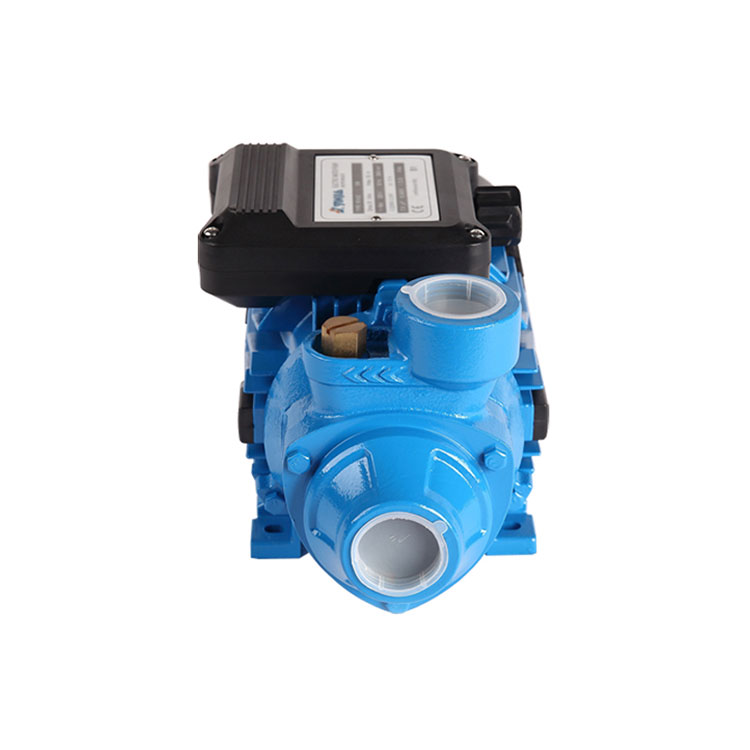Harnessing Efficiency: Unveiling the Power Consumption and Energy-Efficient Features of Peripheral Pumps
2024-01-15
Introduction:
Peripheral pumps have become essential components in household water systems, providing efficient water circulation for various applications. Understanding the power consumption of these pumps and their energy-efficient features is crucial for homeowners seeking both performance and sustainability. In this blog, we will delve into the power aspects of peripheral pumps, exploring their consumption rates and the innovative features that contribute to energy efficiency.
1. Understanding Power Consumption:
The power consumption of a peripheral pump is typically measured in watts (W) or kilowatts (kW). It represents the amount of electrical energy the pump requires to operate. This information is crucial for homeowners to assess the impact on their electricity bills and make informed decisions about energy usage.
2. Variable Speed Options:
Many modern peripheral pumps come equipped with variable speed settings. This feature allows users to adjust the pump's speed and power consumption based on their specific water needs. Lowering the speed during periods of lower demand can result in significant energy savings.
3. Efficient Motor Technology:
Energy-efficient peripheral pumps often utilize advanced motor technologies, such as brushless DC (BLDC) motors. These motors are known for their higher efficiency, reduced energy losses, and longer lifespan compared to traditional motor types.
4. Automatic On/Off Functionality:
Some peripheral pumps incorporate automatic on/off functionality based on water demand. When water is needed, the pump activates, and it automatically turns off when the demand is met. This prevents unnecessary energy consumption during periods of inactivity.
5. Pressure Sensors for Smart Operation:
Energy-efficient peripheral pumps may include pressure sensors that monitor the system's pressure. The pump adjusts its operation based on real-time pressure requirements, optimizing energy usage and ensuring consistent performance.
6. Thermal Protection Mechanisms:
To prevent overheating and excessive energy consumption, many peripheral pumps are equipped with thermal protection mechanisms. These features automatically shut down the pump if it reaches a critical temperature, safeguarding both the pump and its energy efficiency.
7. Energy Star Certification:
Homeowners looking for energy-efficient options should consider peripheral pumps with Energy Star certification. This designation indicates that the pump meets or exceeds strict energy efficiency guidelines set by recognized authorities, promoting sustainability and cost savings.
8. Intelligent Control Systems:
Some advanced peripheral pumps come with intelligent control systems that optimize energy usage based on specific parameters. These systems may include programmable schedules, allowing users to tailor the pump's operation to their daily water needs.
Conclusion:
The power consumption of peripheral pumps is a critical factor for homeowners seeking both performance and energy efficiency. Understanding the innovative features that contribute to reduced energy usage allows consumers to make informed choices, promoting sustainability and minimizing the environmental impact. By embracing energy-efficient peripheral pumps, homeowners can optimize their water systems while contributing to a more eco-friendly and cost-effective household.



